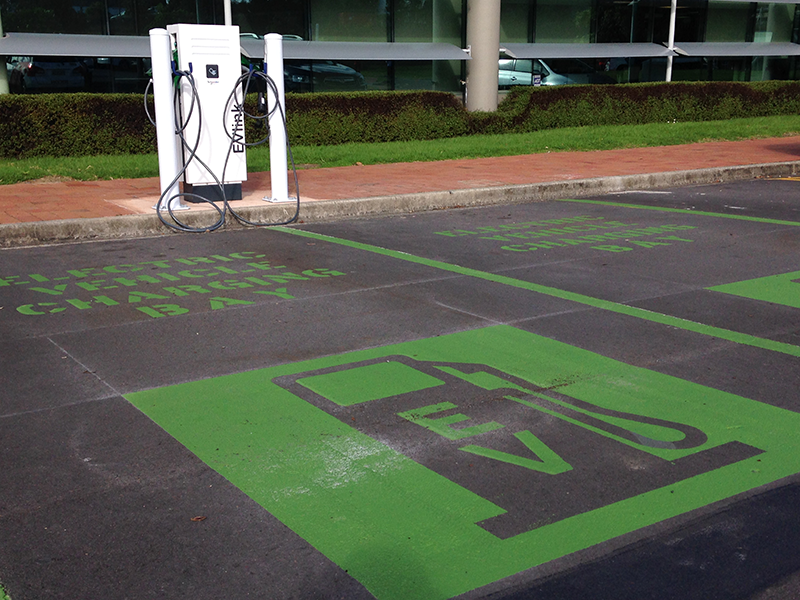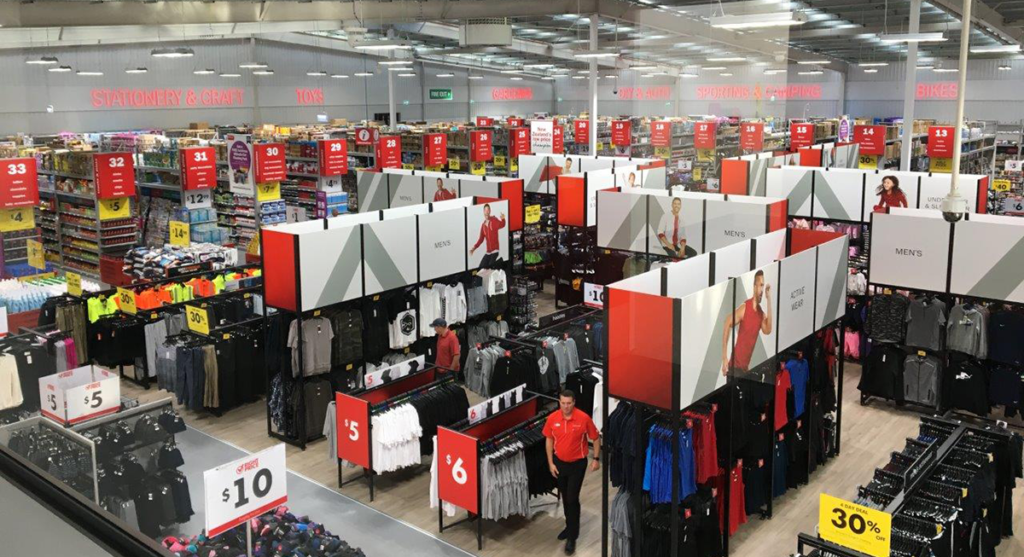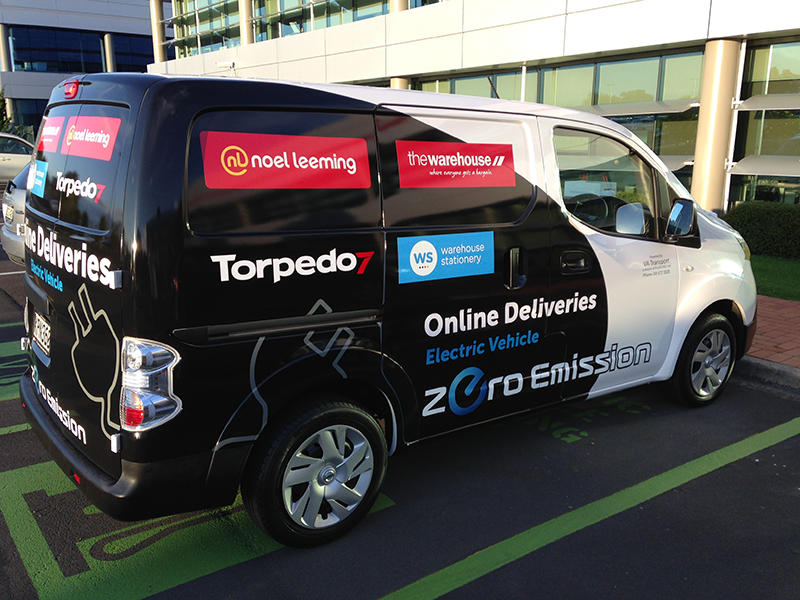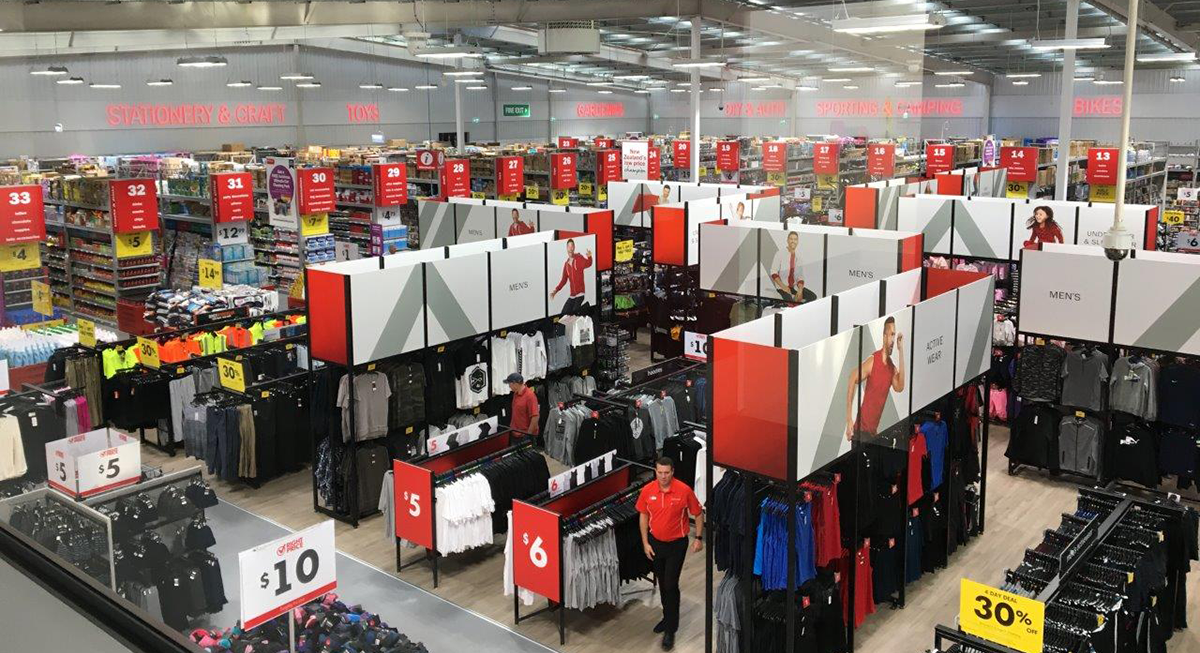The Warehouse Group is one of New Zealand’s largest retailers. It has numerous properties, a significant vehicle fleet, a comprehensive technology network and is founded on the ability to source affordable products from all over the world, which of course requires transportation. The business has for years been aware of its environmental footprint and subsequently had already started down the path of lowering emissions.
The Net Zero report’s range of scenarios to achieve reduced domestic emissions relate to the retail sector in just several areas, but the most applicable are technological improvements. Technology plays a very important role in what our carbon efficiency initiatives are now and could be, and almost certainly drive real step change for retail. Many of these improvements are beyond “traditional” energy efficiency technologies like LED lighting, because so many technology improvements will indirectly improve energy efficiency.
Alongside technology change we should note that nowadays social expectations have changed and customers want products and services right ‘now’ which places pressure on just how quickly we can become a low-emission business.
This article outlines the areas where the report most relates to our business and what we are currently implementing with the net zero goal in mind, in addition to what future low carbon initiatives could look like:
Domestic Vehicles/Fleet
We agree that there is a significant opportunity for New Zealand to reduce its emissions through electrification of the passenger vehicle fleet. Electric Vehicle (EV) fleets and charging stations go hand in hand and we are proud to be playing a part in supporting New Zealand’s ongoing focus in this area.
We have started to introduce EVs to our fleet and are one of several NZ businesses that have committed to having 30% of our road vehicle fleet being electric by the end of 2019. We already have an electric delivery vehicle and in the future expect to introduce many more. There are some future challenges around EV use, particularly the charging station infrastructure and vehicle cost.
To support greater infrastructure, we’re in the process of installing Electric Vehicle (EV) charging stations outside 20 of our The Warehouse stores to try and help fill the charging station gap in NZ. We already have an EV charging station at our Auckland Store Support Office and a third party-managed station outside our Albany store.

The electric vehicle charger outside our Store Support Office in Auckland
Property
The Warehouse Group property footprint is significant with our largest retail brand, The Warehouse, having 92 stores, in addition to multiple distribution centres throughout NZ. There is also a large store support office in Auckland housing around 1000 people.
As retailers there’s a strong need to ensure our store environment is attractive to customers and part of that is the right lighting and heating.
The Net Zero report notes that driving efficiencies in areas such as heating, ventilation, air-conditioning (HVAC) and lighting is relatively easy to do. There are plenty of more efficient lighting alternatives and HVAC methods. Our lighting is being transitioned to LED and at our newest sites we use the latest HVAC systems which contain less damaging greenhouse gases than older systems.

The Warehouse Queenstown is our most recent LED lighting installation
We agree that this is a viable strategy. For a number of years we have been changing out lighting and HVAC systems to make them more efficient. However, we believe it is important not to rush this process to minimise the waste that is created with every upgrade to a replaced system. To do that, replacements are timed at the end of economic lifetimes, so we can naturally reduce waste while gaining the benefits of the new lighting.
As time goes by and the retail industry evolves in areas such as online shopping and the ability to view product ranges in a variety of ways, we may find that customers do not demand as much retail space. This will lend itself to smaller stores and a reduced emission footprint.
In addition to our store space, we will continue to consider ways to improve efficiencies at our fulfilment centres and at our support office. The support office, with a considerable number of desk workers supported by cloud-based systems, lends itself to flexi working and desk sharing which will reduce commuting and therefore travel emissions.
International Logistics
Core to The Warehouse’s business is to make the desirable affordable. 35 years ago when the first The Warehouse store opened on Auckland’s North Shore, the aim was to bring brands to New Zealand at affordable prices; brands, that at that time, could only be purchased affordably by Kiwis that were travelling overseas. Back then, just having access to the products was enough and if they arrived a little out of season it was okay. Nowadays social expectations have changed and customers want the great brands right ‘now’ which places pressure on just how quickly we can become a low-emission business. To meet demands for shipping in, one-day (or less), there is a requirement for air freight with high emission intensity, as opposed to trucks and rail, which has lower emissions.
There are a number of initiatives we’re working on to reduce the amount of carbon emissions coming to our shores and one of those is container optimization. By ensuring containers are full, shipping from a smaller number of ports, and taking more direct routes, we’re ensuring that the emissions being accumulated through international logistics, are minimized.
In future, the need to ship and fly products around the world could well reduce with technology such as 3D printing becoming more commonplace. Instead of manufacturing offshore, the products could be 3D printed right here in NZ and the volume printed could be carefully managed to reduce waste.
Domestic Logistics
Currently the bulk of goods sold to our customers involve customers driving to one of our stores, buying the product and then driving away. Those who shop online are reducing vehicle related emissions because one courier van carries dozens of orders – a customer driving to a store only carries one. We have recently purchased an electric delivery vehicle to reduce emissions further, and are looking at other electric vehicles as the technology develops.

Our first electric delivery vehicle
Summary
Right from its inception 35 years ago, The Warehouse has had a desire to help New Zealanders to flourish. That goes beyond helping community groups and providing an array of affordable products, through to actively reducing emissions.
While we’ve spent years taking a stand on issues such as plastic bag reduction, we are instilling a low-carbon mindset across our business as we consider the areas of property, vehicle fleets and domestic and international logistics. We recognise the importance of technology as we move to reduce emissions now and in the future.
We have already made progress in tackling the low hanging fruit such as lighting, HVAC and vehicles. Also, broader technology shifts, like 3D printing, will also guide retail onto a low carbon pathway.
It is our job to think ahead and think bigger so that we stay on track to help New Zealanders to flourish in terms of being net zero.




Leave a comment